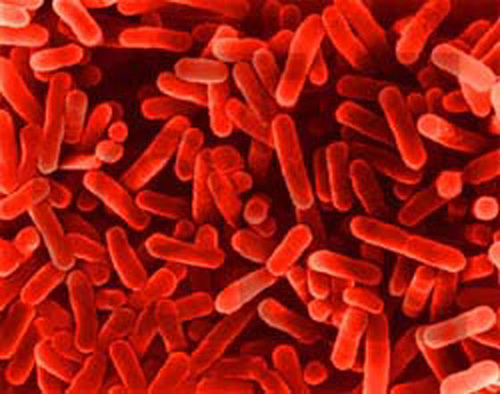
Bacterial Colonies
According to a recently published press release, three new species of bacteria have been discovered in the upper stratosphere by Indian scientists in an experiment conducted by the Indian Space Research Organization (ISRO).
This discovery lends some credence to the hypothesis that life might have originated elsewhere in the cosmos and was seeded on Earth after colliding with a foreign body, perhaps a comet or asteroid, that was carrying these ancient organisms. This is one of the basic tenants upon which the new scientific field, astrobiology, is based. However, if you think astrobiology is rubbish, this finding is nonetheless fascinating because it reveals that scientists are still learning the parameters of where life is possible.
To the best of our knowledge, these three bacterial species are not found anywhere on Earth and further, experiments show they all are highly resistant to ultra-violet radiation -- indicating that these microbes are well-adapted living in the far reaches of the atmosphere.
To discover these bacteria, a huge balloon comprising 26.7 million cubic feet carried a 459 kg scientific payload that had been soaked in 38 kg of liquid neon into the stratosphere. Its payload included a cryosampler that collected air samples from different heights in the earth's atmosphere. After collection, each sample was parachuted to Earth where scientists from several facilities retrieved and analyzed them using a variety of methods.
The scientists detected twelve bacterial and six fungal colonies. Nine of these species showed at least a 98% similarity with reported known species on Earth, based on their 16S RNA gene sequences, and thus, represented known species of microbes. However, phylogenetic DNA sequence analyses revealed that three isolates are actually new species, and further, all of them showed significantly higher UV resistance when compared to their nearest phylogenetic neighbors, as one would expect from microbes living in the stratosphere.
One of the new bacteria was named Janibacter hoylei after astrophysicist Fred Hoyle; the second was named Bacillus isronensis, in honor of ISRO's contribution to the balloon experiments that led to this discovery; and the third new species was named Bacillus aryabhata to commemorate India's ancient, celebrated astronomer, Aryabhata. This was also the name of ISRO's first satellite.
This was the second balloon experiment conducted by ISRO. Even though the first experiment in 2001 yielded interesting results, this balloon experiment was refined to prevent any possible terrestrial contamination.
"While the present study does not conclusively establish the extraterrestrial origin of microorganisms, it does provide positive encouragement to continue the work in our quest to explore the origin of life," said ISRO's (anonymous) spokesman.
SourceIndian Space Research Organization (ISRO)
Press Release.

Reader Comments
to our Newsletter